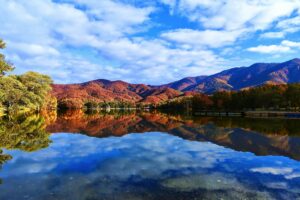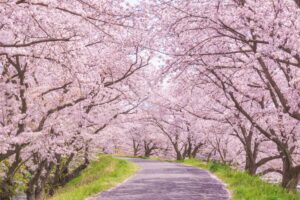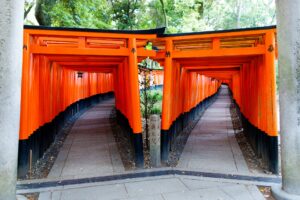Nestled in the remote mountains of central Japan, the historic villages of Shirakawa-go and Gokayama offer a rare glimpse into Japan’s rural heritage. Recognized as UNESCO World Heritage Sites, these villages are famous for their gassho-zukuri thatched-roof houses, dramatic seasonal landscapes, and deeply preserved cultural traditions. This guide helps you uncover their history, how to visit, what to see, and why these timeless hamlets should be on every traveler’s itinerary.
What Makes Shirakawa-go and Gokayama Historic?
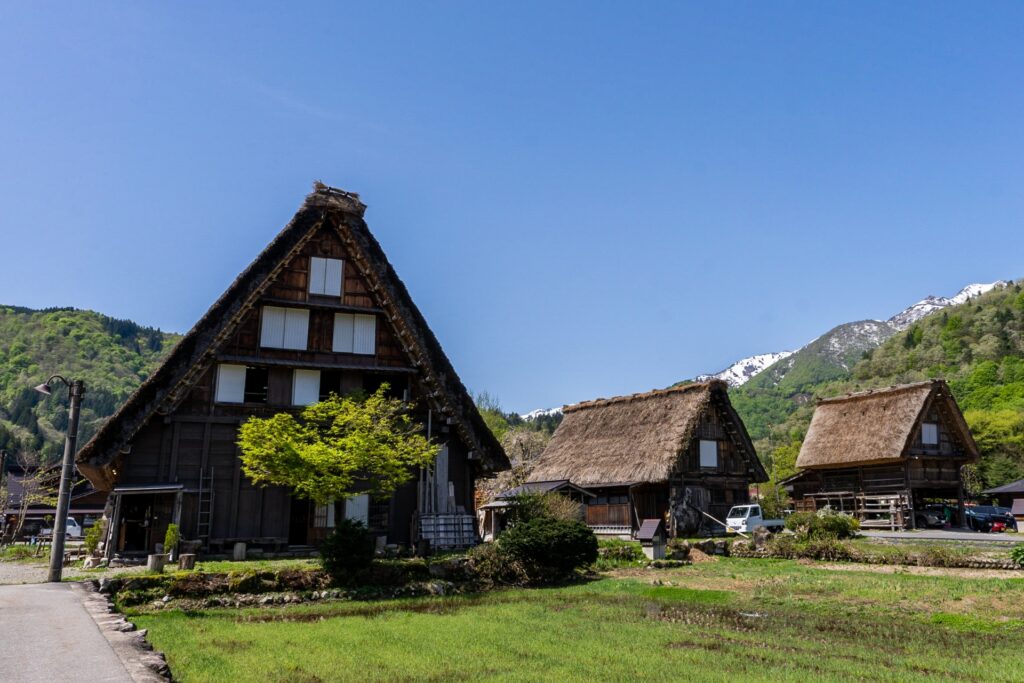
Shirakawa-go and Gokayama are treasured for preserving a way of life that has largely vanished in modern Japan. These villages, nestled in the Shogawa River Valley and surrounded by rugged mountains, are famous for their unique gassho-zukuri farmhouses. The term “gassho-zukuri” translates to “constructed like hands in prayer,” referencing the steeply pitched thatched roofs designed to withstand heavy snowfall.
Their historical significance lies not only in architectural uniqueness but also in the way they exemplify communal living and self-sufficiency. These villages thrived in isolation for centuries, developing a deep-rooted culture centered on harmony with nature and cooperative farming. Recognized by UNESCO in 1995, the designation was based on their testimony to a traditional human settlement perfectly adapted to its environment, as well as their exceptional architectural and historical value.
Local residents and preservationists have implemented stringent measures to limit modern development, protect the visual integrity of the landscape, and pass down traditional craftsmanship. Today, the villages remain a living museum, offering insight into Japan’s rural past while still serving as homes to real communities.
Understanding Gassho-Zukuri Architecture
Gassho-zukuri architecture is instantly recognizable due to its steep, A-frame thatched roofs, which can reach angles of up to 60 degrees. This design is not merely aesthetic—it serves a practical purpose. In winter, these villages receive over two meters of snow, and the sharp pitch of the roofs allows snow to slide off easily, preventing structural collapse.
The homes are typically three to four stories tall, constructed without nails using interlocking wooden beams. The upper floors were traditionally used for sericulture (silk farming), while the ground floors housed extended families, often three or more generations under one roof. These farmhouses represent an architectural harmony between function and form, shaped by environmental necessity and communal living.
Many houses are still maintained by descendants of the original builders, and some are open to visitors. This firsthand experience offers a rare opportunity to witness how rural Japanese communities lived and worked together under one roof, sustained by ingenuity and mutual cooperation.
UNESCO Recognition and Preservation Efforts
Shirakawa-go and Gokayama were designated UNESCO World Heritage Sites under criteria (iv) and (v), which recognize outstanding examples of traditional human settlements and land use. To protect their cultural heritage, Japanese authorities and local municipalities have implemented strict building codes that prohibit modern materials and architectural styles within the villages.
Moreover, there are community-based preservation initiatives where villagers participate in thatching roof replacements through a tradition known as “yui” (mutual aid). Government funding, tourism revenue, and UNESCO support help ensure that restoration and conservation efforts remain ongoing. Educational programs also play a crucial role in passing down traditional techniques to younger generations, ensuring the legacy continues.
Visitors are encouraged to respect these preservation efforts by following local rules, which help maintain the villages’ authenticity and protect them for future generations.
How to Visit the Villages
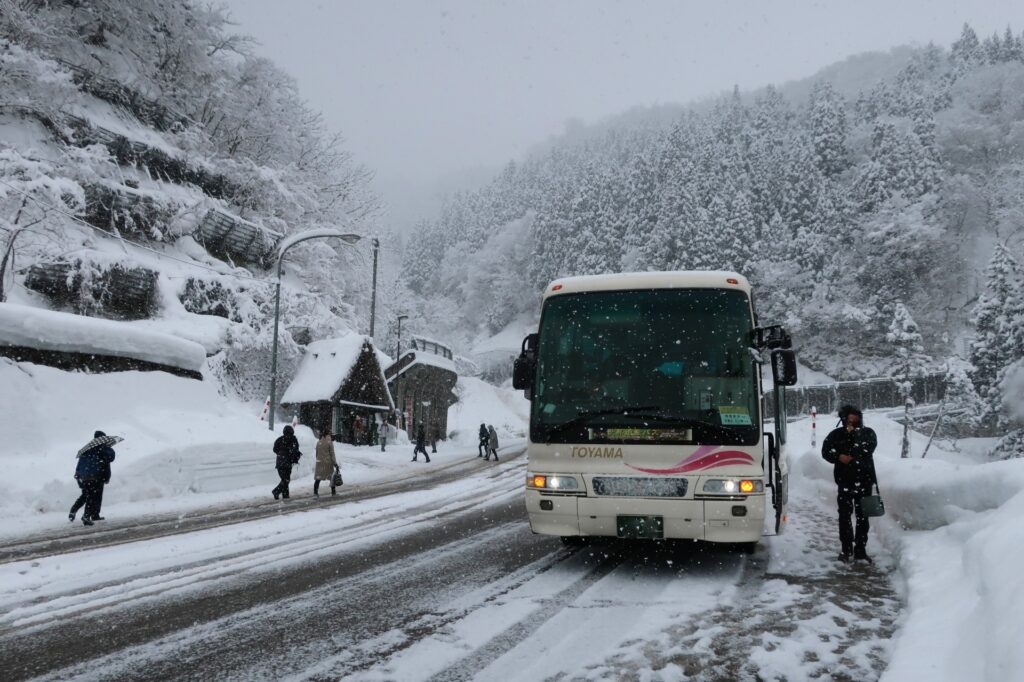
From Major Cities
Accessing Shirakawa-go and Gokayama can be an adventure in itself, especially during winter months. From Tokyo, the most common route is via bullet train (Shinkansen) to Kanazawa or Toyama, followed by a highway bus to Shirakawa-go. From Osaka or Kyoto, take the train to Kanazawa or Takayama, then transfer to a bus. Takayama offers the most direct connection, with regular Nohi buses running to and from Shirakawa-go in about 50 minutes.
Car rentals are another popular option, especially for those wanting to explore at their own pace. However, winter driving requires caution due to icy roads. Note that public transportation services can be reduced in heavy snow or during off-peak seasons, so checking schedules in advance is crucial.
Gokayama is slightly less accessible but reachable by car or local buses from Takaoka or Johana stations in Toyama Prefecture. Its remoteness contributes to its charm and authenticity, making the journey worthwhile.
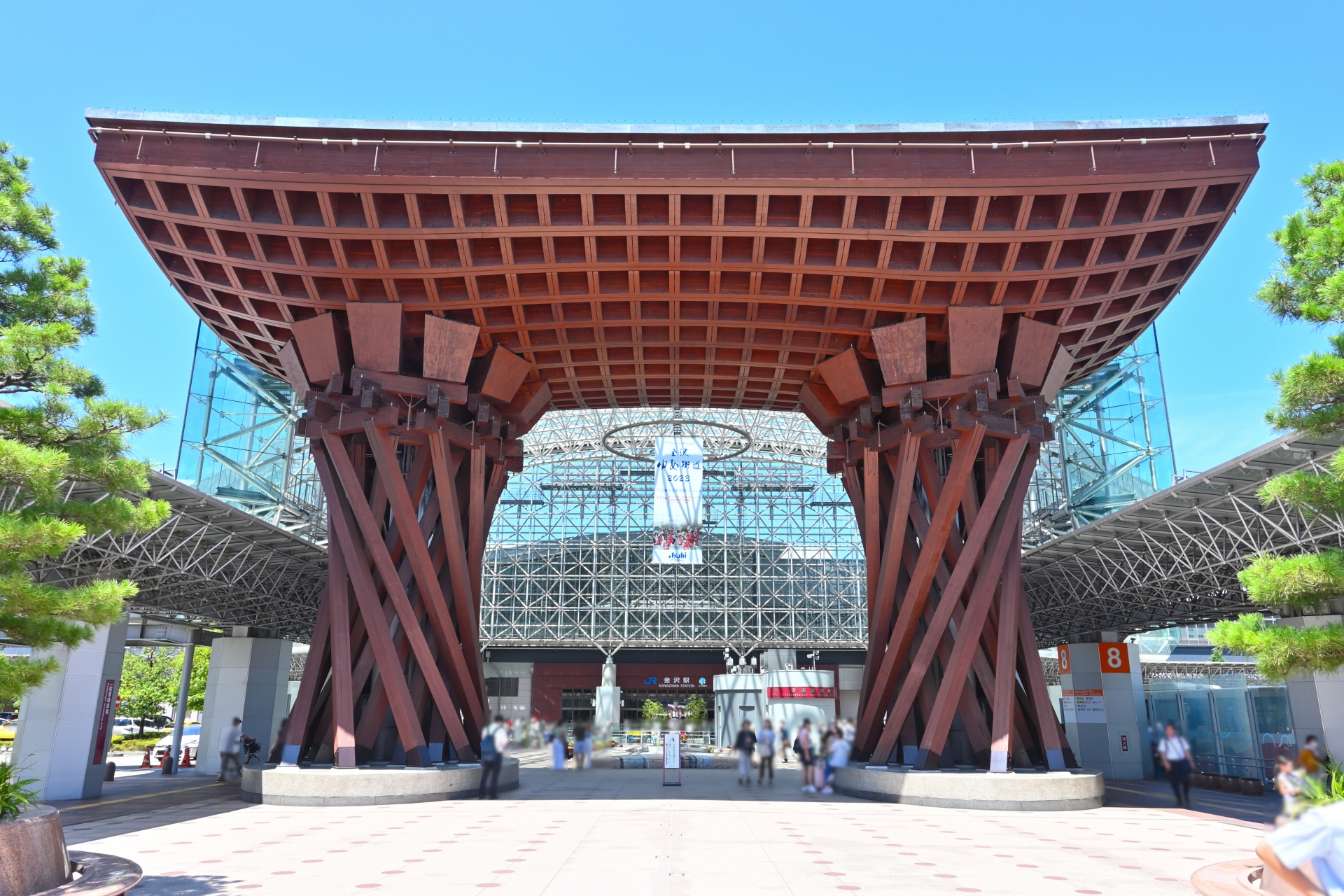

Best Times of Year to Visit
Each season offers a distinct experience in Shirakawa-go and Gokayama:
Spring (April–May) brings fresh greenery, cherry blossoms, and mild weather, perfect for walking tours and photography.
Summer (June–August) offers a cool mountain escape from Japan’s humid cities. The days are warm, but mornings and evenings remain refreshingly cool, making it ideal for outdoor exploration.
Autumn (October–November) paints the villages in brilliant hues of red, orange, and yellow. With fewer tourists than in summer or winter, this season offers a peaceful atmosphere and vibrant photo opportunities.
Winter (December–February) is the most iconic season. Heavy snowfall transforms the landscape into a fairytale scene. In January and February, the villages host limited-night illuminations where the snow-covered gassho-zukuri houses glow with warm light. This is peak season, so accommodations book quickly.
Where to Stay: Farmhouses & Inns
A highlight of visiting Shirakawa-go and Gokayama is the opportunity to stay in a traditional minshuku—family-run guesthouses often located within gassho-zukuri houses. These offer an immersive cultural experience, including tatami rooms, futon bedding, and homemade meals with local ingredients.
Reservations can be made via local tourism websites or through Japanese-language platforms. International booking sites offer limited listings, so it’s advisable to plan well in advance. Basic English is spoken in some homes, but bringing a translation app can help.
Guests are expected to remove shoes upon entering, use shared facilities respectfully, and engage with hosts during meals. This style of hospitality fosters a deeper understanding of rural Japanese life and the warmth of its communities.
Experiencing Life in the Villages
Both Shirakawa-go and Gokayama offer experiences that go beyond sightseeing:
- Traditional Crafts: Try your hand at washi (Japanese paper) making or local woodworking in Gokayama, known for its artisanal heritage.
- Folk Museums: Explore open-air museums like Gassho-zukuri Minkaen in Shirakawa-go or the Ainokura Folklore Museum in Gokayama.
- Cuisine: Savor regional dishes such as hoba miso, mountain vegetables, and freshwater fish, often cooked over an irori (sunken hearth).
- Scenic Viewpoints: The Shiroyama Observatory offers a panoramic view of Shirakawa-go, best at sunrise or during snowfall.
- Festivals: Aside from winter illuminations, Gokayama hosts seasonal festivals featuring music, dance, and centuries-old rituals.
These experiences invite visitors to engage with living traditions, not just observe them.
Shirakawa-go vs Gokayama: Which Should You Visit?
While both villages share the gassho-zukuri heritage, they offer different experiences:
Shirakawa-go is more accessible, with better infrastructure, more frequent buses, and a wider variety of accommodations and restaurants. It’s ideal for first-time visitors and those with limited time.
Gokayama, consisting of Ainokura and Suganuma villages, is quieter and less commercial. Its isolation has preserved a more authentic atmosphere, where traditional lifestyles continue relatively undisturbed by tourism.
Ainokura features several preserved homes and local crafts workshops, while Suganuma is smaller but equally picturesque, with beautiful lighting in the evenings. For travelers seeking a deeper, less tourist-oriented experience, Gokayama is the perfect retreat.
Responsible Tourism and Local Etiquette
Visitors play an essential role in preserving the cultural and natural integrity of these villages. Here are key guidelines:
- Respect Private Property: Many houses are still inhabited. Avoid entering homes or taking photos through windows unless clearly marked for tourism.
- Drone Use: Generally prohibited without permission, as drones can disturb residents and wildlife.
- Noise and Littering: Keep voices down and take all trash with you. Quiet appreciation is part of the village charm.
- Stay on Paths: Stick to marked trails to protect agricultural areas and prevent erosion.
- No Smoking Outside Designated Areas: Smoking is only allowed in clearly marked locations to reduce fire risk and maintain cleanliness.
- Do Not Pick Plants or Flowers: The natural environment is part of the cultural landscape and should remain undisturbed.
- Avoid Early Morning or After-Dark Visits: To respect residents’ privacy and maintain tranquility, please avoid entering the villages during these hours.
- Be Mindful While Taking Photos: Do not block pathways or obstruct others while setting up shots or using tripods.
By following these etiquette rules, travelers help ensure the villages remain as pristine for future visitors as they are today.
Hidden Highlights: What the Guides Don’t Tell You
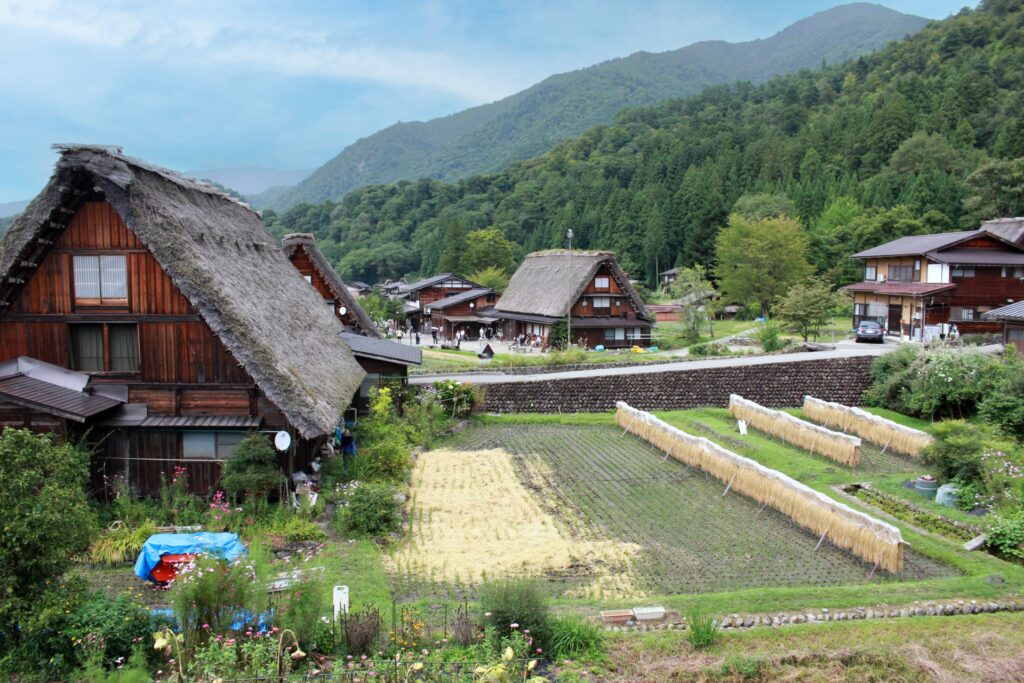
Beyond the famous rooftops and viewpoints, there are hidden gems waiting to be explored:
- Local Artisans: Gokayama is home to artisans who produce hand-made washi paper, a tradition dating back centuries. Workshops often allow visitors to create their own pieces.
- Oral Histories and Legends: Local guides can share stories of mountain spirits, hidden tunnels, and the community’s survival through harsh winters.
- Offbeat Museums: The Doburoku Festival Museum in Shirakawa-go explores the history of rice wine and offers tastings.
- Community-Based Tours: Participate in guided walks led by residents who share personal histories and lesser-known details about village life.
These elements provide a deeper, more personal dimension to your visit.
Conclusion: Why These Villages Matter Today
Shirakawa-go and Gokayama are more than picturesque villages frozen in time. They represent the resilience and ingenuity of rural Japanese culture, shaped by centuries of environmental adaptation and communal living. As modern society moves ever faster, these villages offer a moment to pause, reflect, and appreciate the values of simplicity, craftsmanship, and harmony with nature.
For cultural travelers, photographers, and heritage seekers alike, a journey to these timeless hamlets promises both aesthetic wonder and meaningful connection—a reminder that the soul of Japan still thrives in its mountain villages.





